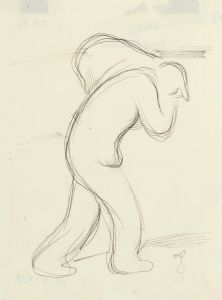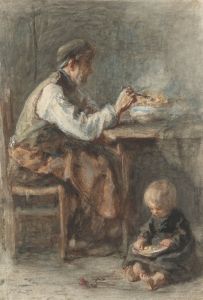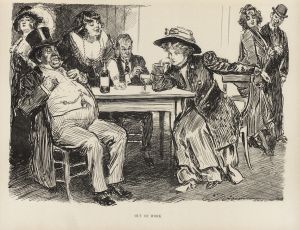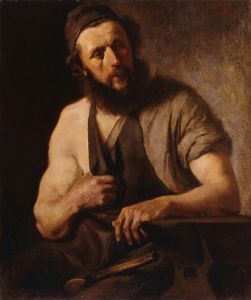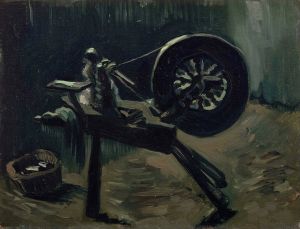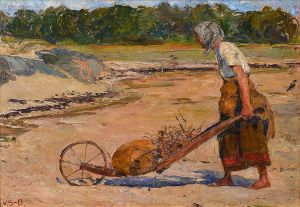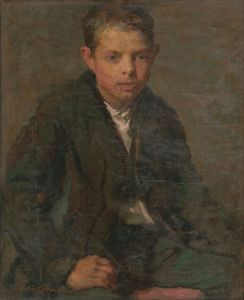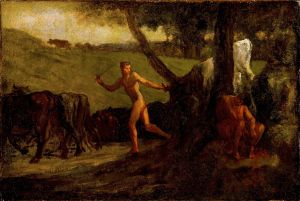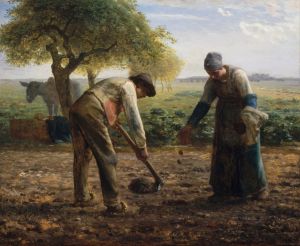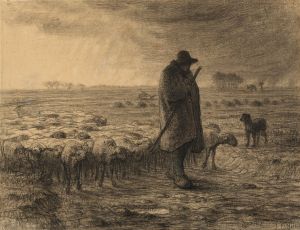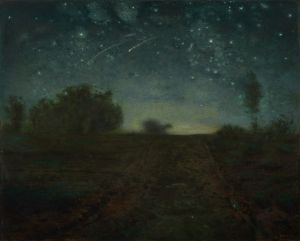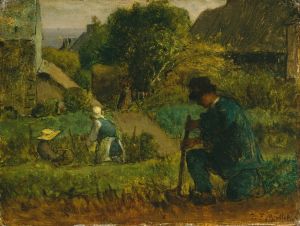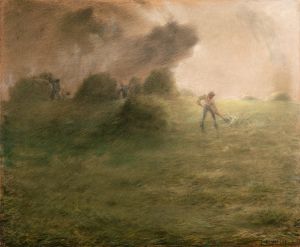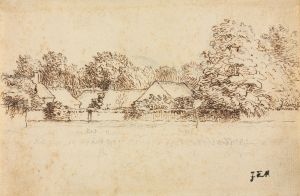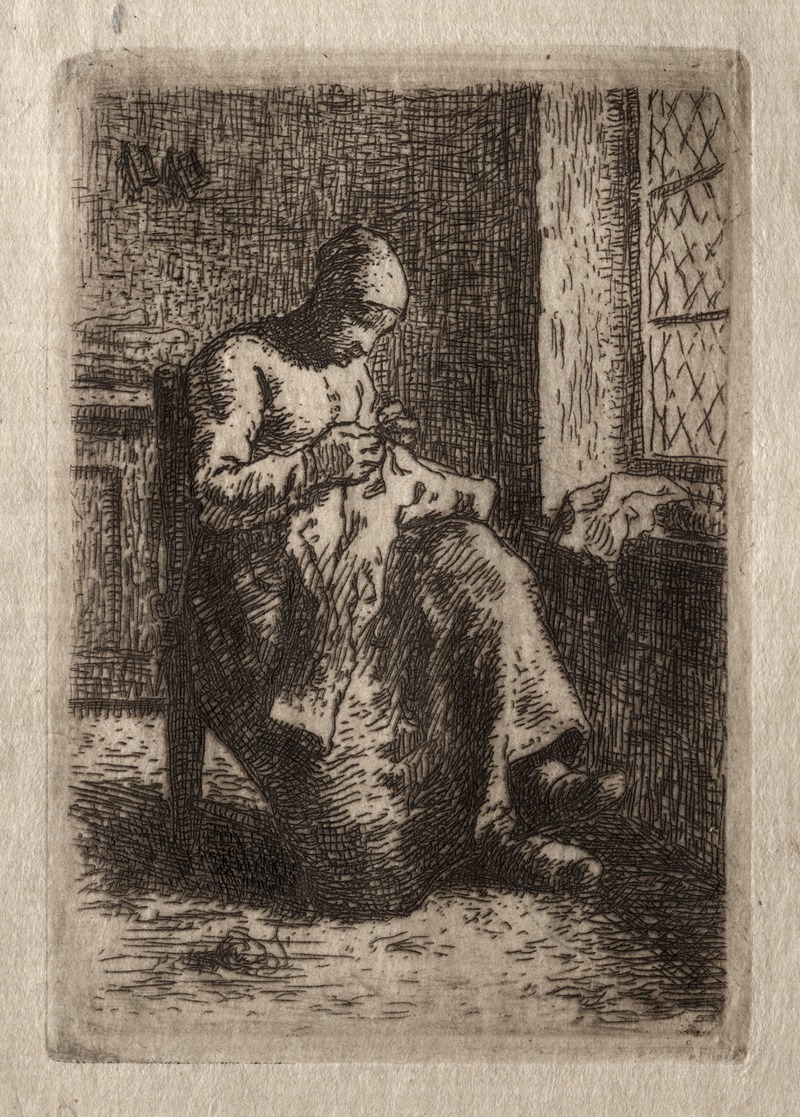
Woman Sewing
A hand-painted replica of Jean-François Millet’s masterpiece Woman Sewing, meticulously crafted by professional artists to capture the true essence of the original. Each piece is created with museum-quality canvas and rare mineral pigments, carefully painted by experienced artists with delicate brushstrokes and rich, layered colors to perfectly recreate the texture of the original artwork. Unlike machine-printed reproductions, this hand-painted version brings the painting to life, infused with the artist’s emotions and skill in every stroke. Whether for personal collection or home decoration, it instantly elevates the artistic atmosphere of any space.
"Woman Sewing" is a painting by the French artist Jean-François Millet, a prominent figure associated with the Realism movement in 19th-century art. Millet is renowned for his depictions of rural life and peasant subjects, capturing the dignity and simplicity of their everyday activities. Although "Woman Sewing" is not as widely recognized as some of his other works, such as "The Gleaners" or "The Angelus," it nonetheless reflects his commitment to portraying the lives of ordinary people with empathy and respect.
Jean-François Millet was born on October 4, 1814, in the village of Gruchy, in the Normandy region of France. His upbringing in a rural farming community significantly influenced his artistic focus. Millet's works often highlight the connection between humans and the land, emphasizing themes of labor, toil, and the natural world. He moved to Paris in 1837 to study art, where he was exposed to various artistic styles and movements. However, he eventually found his niche in Realism, a movement that sought to depict subjects truthfully and without idealization.
"Woman Sewing" exemplifies Millet's realist approach, focusing on a solitary female figure engaged in the humble act of sewing. The painting captures a moment of quiet concentration, with the woman absorbed in her task. Millet's use of muted colors and soft lighting creates an intimate atmosphere, drawing the viewer's attention to the woman's focused expression and the delicate work of her hands. This attention to detail and the portrayal of a seemingly mundane activity reflect Millet's belief in the inherent value and beauty of everyday life.
Millet's choice of subject matter in "Woman Sewing" aligns with his broader artistic goals. By depicting scenes of rural and domestic life, he sought to elevate the status of the peasantry and highlight their essential role in society. His paintings often convey a sense of reverence for the hard work and perseverance of his subjects, challenging the romanticized views of rural life that were prevalent in art at the time.
Throughout his career, Millet faced criticism from some quarters for his focus on peasant subjects, which some contemporaries viewed as lacking in grandeur or importance. However, his work was also celebrated for its authenticity and emotional depth, earning him a lasting place in the history of art. Today, Millet is recognized as a pioneer of Realism, and his influence can be seen in the works of later artists who sought to depict the world with honesty and integrity.
"Woman Sewing" is a testament to Millet's skill in capturing the quiet dignity of everyday life. While the painting may not be as famous as some of his other works, it remains an important example of his commitment to portraying the lives of ordinary people with compassion and respect. Through his art, Millet invites viewers to appreciate the beauty and significance of the simple, often overlooked moments that make up the fabric of daily existence.





